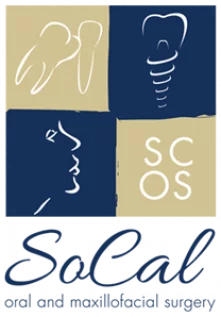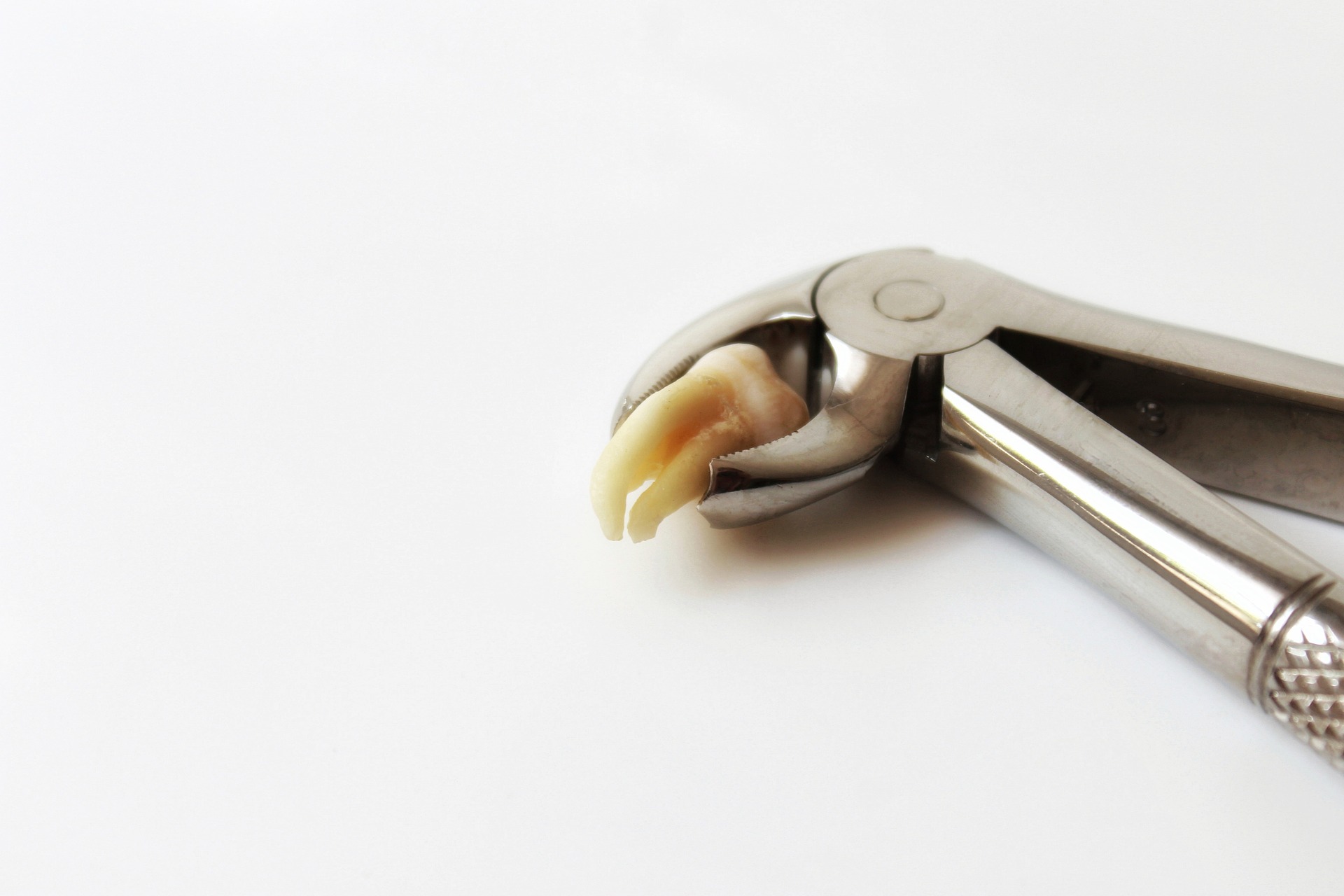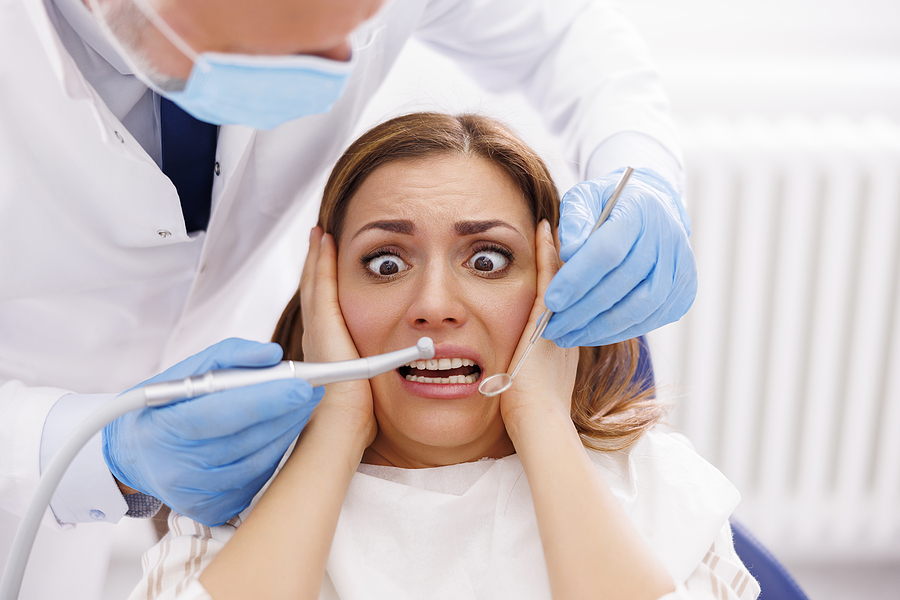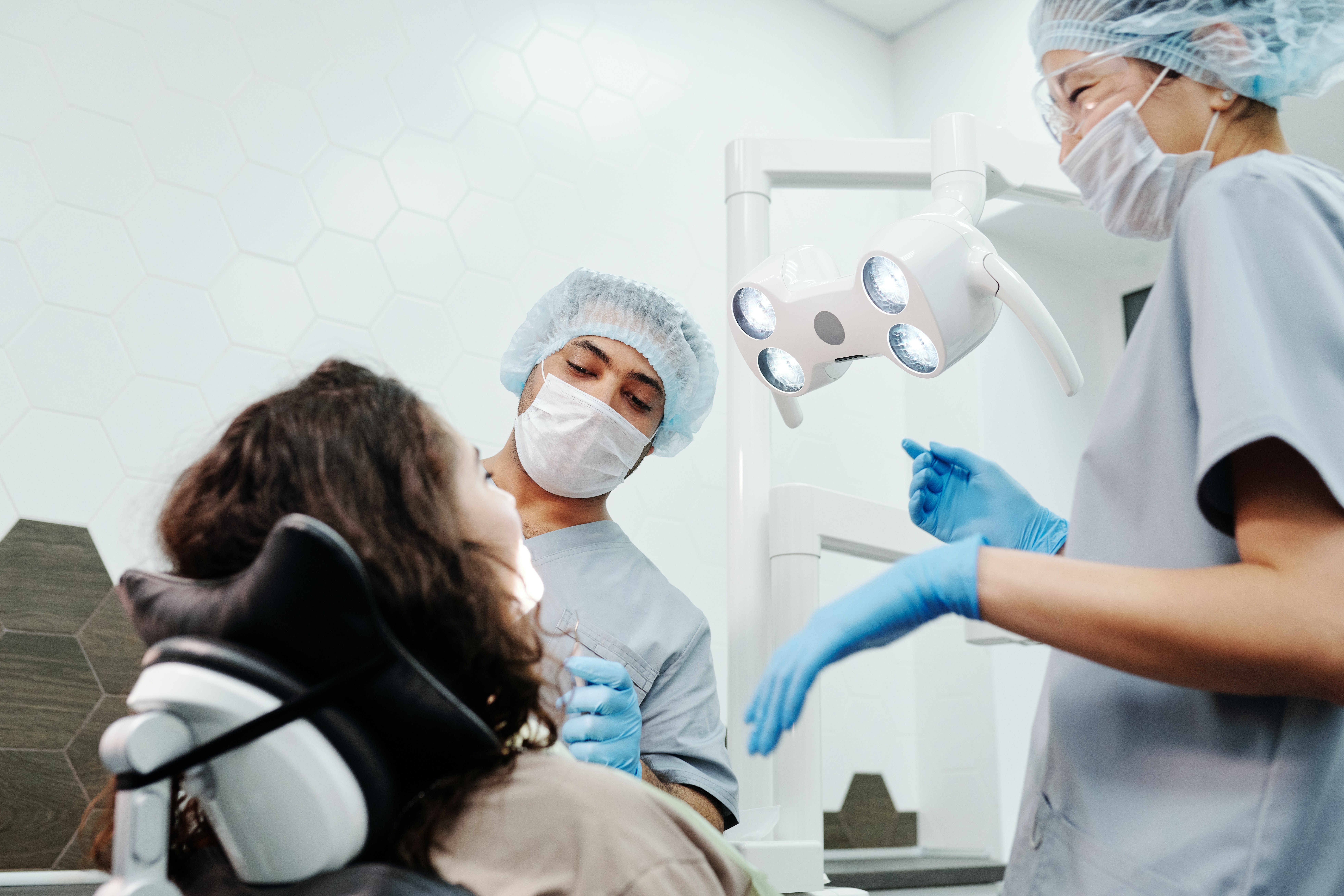Tooth extraction is a dental procedure to remove a damaged, decayed, or problematic tooth from its socket in the jawbone. This procedure is typically recommended when a tooth cannot be saved with other treatments such as fillings, crowns, or root canals. Tooth extraction can alleviate pain and discomfort caused by severe decay, infection, or trauma and prevent further complications, such as the spread of infection or damage to neighboring teeth. Additionally, extracting problematic teeth can pave the way for restorative treatments, such as dental implants or bridges, to restore functionality and aesthetics to the smile. Tooth extraction is an essential intervention to preserve oral health and alleviate dental issues that may compromise overall well-being.
Common Reasons for Tooth Extractions
Severe Decay
When tooth decay extends deep into the tooth and compromises its structural integrity, extraction may be necessary to prevent the spread of infection to surrounding teeth and tissues.
Gum Disease
Advanced gum disease, or periodontitis, can lead to tooth loosening due to damage to the supporting tissues and bone. Extracting severely affected teeth can help preserve oral health and prevent gum and bone loss.
Impacted Wisdom Teeth
Wisdom teeth, also known as third molars, may become impacted if they cannot fully erupt through the gum line due to lack of space or improper positioning. Impacted wisdom teeth can cause pain, infection, and damage to neighboring teeth, necessitating extraction.
Crowding
In some cases, tooth extraction may be recommended as part of orthodontic treatment to create space and facilitate proper alignment of the remaining teeth.
Trauma or Injury
Teeth that have been severely damaged or fractured as a result of trauma, such as sports injuries or accidents, may require extraction if they cannot be effectively restored with other treatments.
Infection or Abscess
Untreated dental infections can lead to the formation of abscesses, which are pockets of pus that develop around the tooth root. Extraction may be necessary to eliminate the source of infection and prevent its spread to other areas of the mouth or body.
Orthodontic Treatment
Tooth extraction in Tustin, CA, may be performed as part of orthodontic treatment to address issues such as overcrowding, protrusion, or bite misalignment. This allows for optimal teeth alignment and improved overall function and aesthetics.
The Tooth Extraction Process
Before the extraction, our dentist in Tustin, CA, will thoroughly examine your medical history and discuss any concerns or questions you may have. X-rays may be taken to assess the tooth's position and root structure. Our dentist will determine if extraction is the best course of action based on the evaluation.
During the extraction procedure, you will receive local anesthesia to numb the area around the tooth. In some cases, sedation may be used to help you relax, particularly for more complex extractions or for patients with dental anxiety. Once the area is numb and you are comfortable, the dentist will gently loosen the tooth from its socket using specialized instruments. Sometimes, a small incision may be made in the gum to access the tooth more easily.
After the tooth is removed, our dentist at SoCal Oral and Maxillofacial Surgery, may place stitches to close the gum tissue if necessary. You'll receive post-operative instructions, including how to care for the extraction site and manage any discomfort or swelling. Following these instructions closely is essential to promote proper healing and prevent complications. Contact us today!
Tooth Extraction Aftercare
Dos
- Our dentist will provide specific instructions on how to care for the extraction site. It's essential to follow these instructions closely to ensure proper healing. This may include recommendations for pain management, dietary restrictions, and oral hygiene practices.
- To reduce swelling and discomfort, apply an ice pack to the affected area during the first 24 hours following the extraction. Be sure to wrap the ice pack in a cloth or towel to prevent direct contact with the skin.
- If our dentist prescribes pain medication, take it as directed to manage discomfort following the extraction. Over-the-counter pain relievers such as ibuprofen or acetaminophen can help alleviate pain and reduce inflammation.
- For the first few days after the extraction, stick to a diet of soft, easy-to-chew foods. Avoid hard, crunchy, or sticky foods that could irritate the extraction site or dislodge the blood clot, which is essential for proper healing.
- To keep your mouth clean and prevent infection, brush your teeth gently, avoiding the extraction site. Starting 24 hours after the extraction, rinse your mouth with warm salt water several times daily to promote healing and reduce bacteria.
Don'ts
- Smoking can interfere with the healing process and increase the risk of complications such as infection and dry sockets. Avoid smoking or using tobacco products after the extraction.
- Drinking through a straw can create suction in the mouth, which could dislodge the blood clot and delay healing. Avoid using straws after the extraction.
- Avoid touching or poking the extraction site with your fingers or tongue, as this could disrupt the healing process and increase the risk of infection.
- While it's essential to rinse your mouth with warm salt water to keep the extraction site clean, avoid rinsing too vigorously, especially during the first 24 hours after the extraction. Gentle rinsing is sufficient to promote healing without disrupting the blood clot.
Tooth extractions are performed to address various dental problems and restore oral health, functionality, and aesthetics. Visit SoCal Oral and Maxillofacial Surgery at 13522 Newport Avenue, Suite 109, Tustin, CA 92780, or call (714) 730-6767 to relieve dental pain and preserve your oral health!
Location
13522 Newport Avenue, Suite 109,
Tustin, CA 92780
Office Hours
MON8:00 am - 5:00 pm
TUE8:00 am - 5:00 pm
WED8:00 am - 3:00 pm
THU8:00 am - 5:00 pm
FRI7:00 am - 3:00 pm
SATClosed
SUNClosed
SoCal Oral and Maxillofacial Surgery
Location
13522 Newport Avenue, Suite 109,
Tustin, CA, 92780
Phone: (714) 730-6767Text Us: (714) 730-6767





